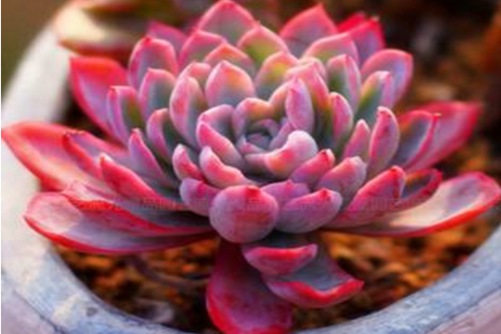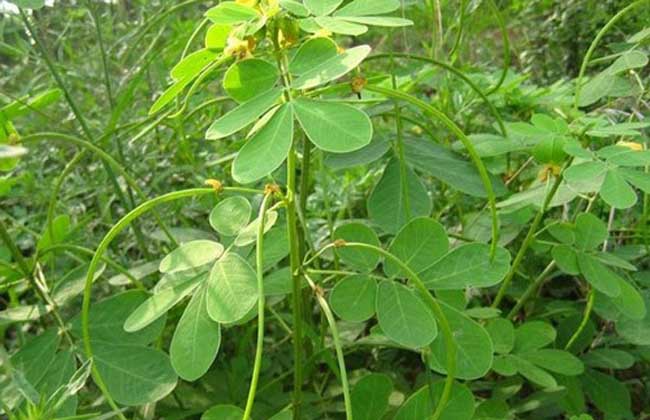Seedling raising techniques of neem
Neem is not only a kind of wood raw material, but also a kind of medicinal plant, its flowers, fruits, leaves and root bark can be used as medicine, but when using neem, we must follow the doctor's advice, otherwise it will be poisoned. We all need to raise seedlings when we plant neem, so how do we raise seedlings? Do you know how to cultivate neem seedlings? The following is the seedling raising technology of neem that the editor is going to introduce to you today. If you are interested, please read on.

1. Preparation of seedling land
Neem has the characteristics of warmth, cold tolerance, light tolerance, shade tolerance, drought tolerance, waterlogging tolerance and strong adaptability. The choice of seedling site should be determined according to its growth characteristics, so that the seedlings of neem will be of better quality. In general, we will choose soils with moderate pH, sufficient organic matter, sufficient fertility, good drainage, sunny, and convenient irrigation. First of all, we have to carry out shallow ploughing in spring, and then deep ploughing in autumn. In spring ploughing, we need to add phoxim granules of about three jin per mu to remove insects. Soil preparation should be combined with base fertilizer, which is 5000 kg of farm manure and 100 jin of phosphate fertilizer per mu. After the basic fertilizer is mixed evenly, make a good seedling bed, the seedling bed is one meter wide and fifteen centimeters high, and a good ditch should be dug around.
2. Accelerating germination and sowing
Spring sowing needs sprouting treatment, otherwise the speed of emergence is very slow, usually it will take a month or two to go. About half a month before sowing, the neem seeds were exposed to the sun for two days, and then soaked in warm water of about 80 degrees for 24 to 48 hours. After being fished out, the seeds are mixed in wet sand and covered with plastic film on the hotbed to accelerate germination. Generally, the seeds can be sown in about ten days. Before sowing, soak the seeds in a chemical for two or three minutes, then rinse them with clean water before sowing. Generally, strip sowing is used, and the spacing between each row is 30 centimeters, and then water is watered once, and then the seeds are scattered evenly, covering a layer of thin soil with a thickness of about two centimeters, and the sowing amount per mu generally needs about 30 to 40 jin.
3. Seedling stage management
The seedbed should be kept moist during seed germination, so we need to water it many times during this period. After neem seedlings emerge, the times of watering should be reduced as much as possible, and the average water should be watered every three days or so. When Rain Water is more, we should pay attention to the drainage in the field to avoid waterlogging. Then when the seedlings grow three leaves, we should carry out interseedling and seedling replenishment to ensure that the number of seedlings in the field is 8,000 to 10,000, and water the transplanted seedlings once in the morning and in the evening. In the process of replenishing seedlings, we also need to combine intertillage with weeding, and we also need to carry out intertillage after each rainfall. Finally, proper topdressing is needed in neem seedling stage, mainly nitrogen fertilizer and phosphorus fertilizer, and potassium fertilizer after Lignification of seedlings, and the use of nitrogen fertilizer should be stopped.
The above is the introduction of the seedling raising technology of neem brought by the editor today. I believe everyone is basically clear about it. And in the above, the introduction of neem seedlings is also relatively detailed, but if you still do not understand, then please leave a message below to consult.
- Prev

The Violet Queen raises Violet in the following way. The Violet Queen will soon be a queen.
The Violet Queen succulent has both the purple blue background of the blue stone lotus and the dreamy light of the moon shadow, its petals are tightly inward, and the bright colors are particularly confident. So how on earth should the Violet Queen be raised? Let's let the editor tell you.
- Next

Matters needing attention in planting Cassia seed
Matters needing attention in planting Cassia seed
Related
- Fuxing push coffee new agricultural production and marketing class: lack of small-scale processing plants
- Jujube rice field leisure farm deep ploughing Yilan for five years to create a space for organic food and play
- Nongyu Farm-A trial of organic papaya for brave women with advanced technology
- Four points for attention in the prevention and control of diseases and insect pests of edible fungi
- How to add nutrient solution to Edible Fungi
- Is there any good way to control edible fungus mites?
- Open Inoculation Technology of Edible Fungi
- Is there any clever way to use fertilizer for edible fungus in winter?
- What agents are used to kill the pathogens of edible fungi in the mushroom shed?
- Rapid drying of Edible Fungi

